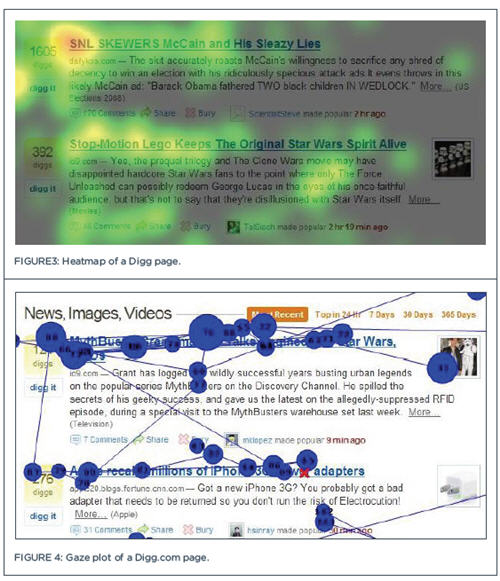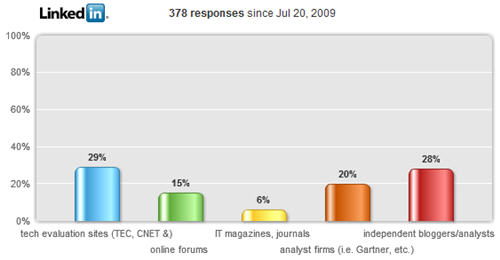Twitter follower numbers as a proxy of influence
How many Twitter followers do you have?
One of the reasons Twitter is important is that it is introducing the concept of assessing people’s degree of influence. A person’s number of Twitter followers is increasingly being taken as a proxy for their influence. If the only thing you know about someone is that they have 5,000 Twitter followers (or 50), you can make some preliminary assumptions about their influence.
Of course Twitter follower numbers is a hopelessly flawed measure for many, many reasons, and pretty much everyone knows that. However it’s often all you have.
Relatively few people have blogs, and in the broader population not many people know about blog ranking engines such as Technorati and Wikio. Everyone understands that numbers of Facebook and LinkedIn friends don’t indicate much other than how inclined people are to connect online.
Today Twitter follower numbers is becoming even less accurate as an influence measure due to extensive gaming.
Systems such as Twitter Grader and Twinfluence take into account other factors such as who your followers are and how they behave, follower/ following ratios, retweets, conversational activity, and so on to give a more accurate view of influence.
However not everyone is on Twitter and has much time to spend on it. That doesn’t mean they are not influential – just that they are not bringing to bear their influence through the channel of Twitter.
It is inevitable that broader measures of influence will be developed. Of course these can only be valid within a specific context, so the best measures of influence will provide a single slice view.
The fact remains that Twitter follower numbers has provided us with our very first proxy for influence, however crude, however flawed. We now as a society have seen our first measure of influence. This will accelerate the creation and uptake of more sophisticated measures in the very near future.
We will explore the idea of measures of influence – and the business models that surround them – at Future of Influence Summit 2009.



